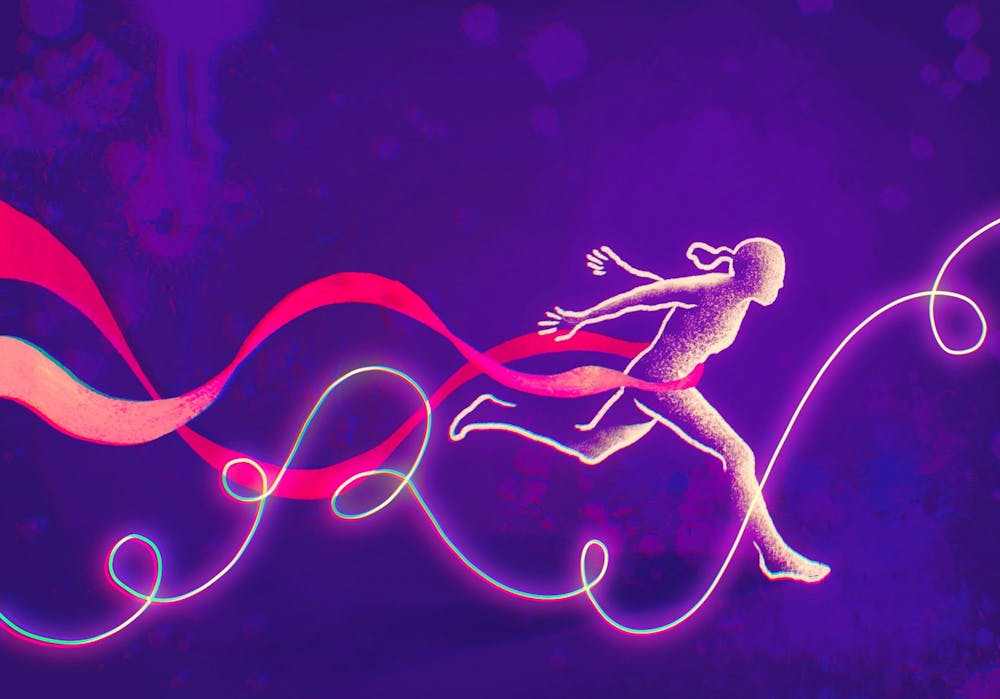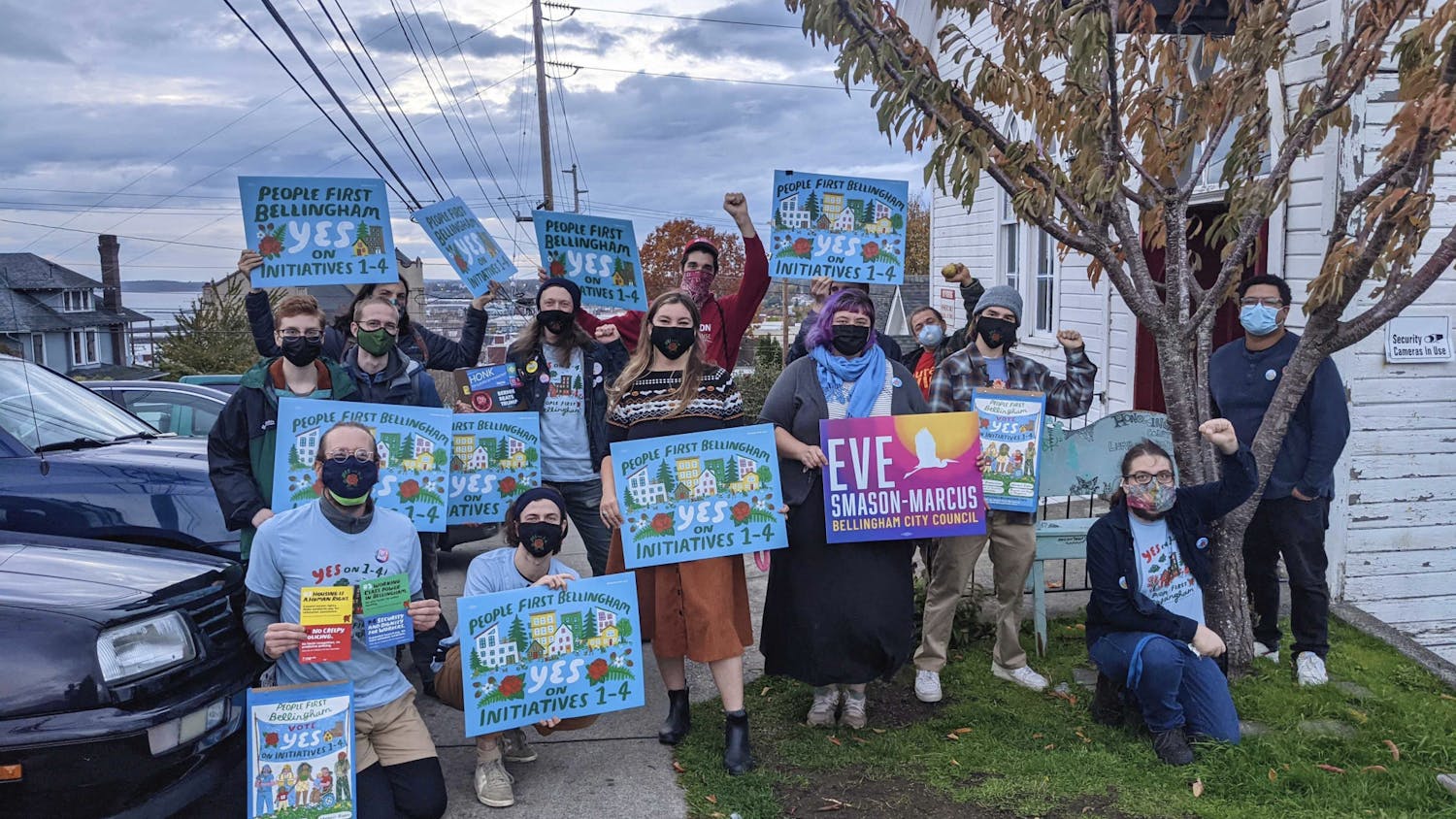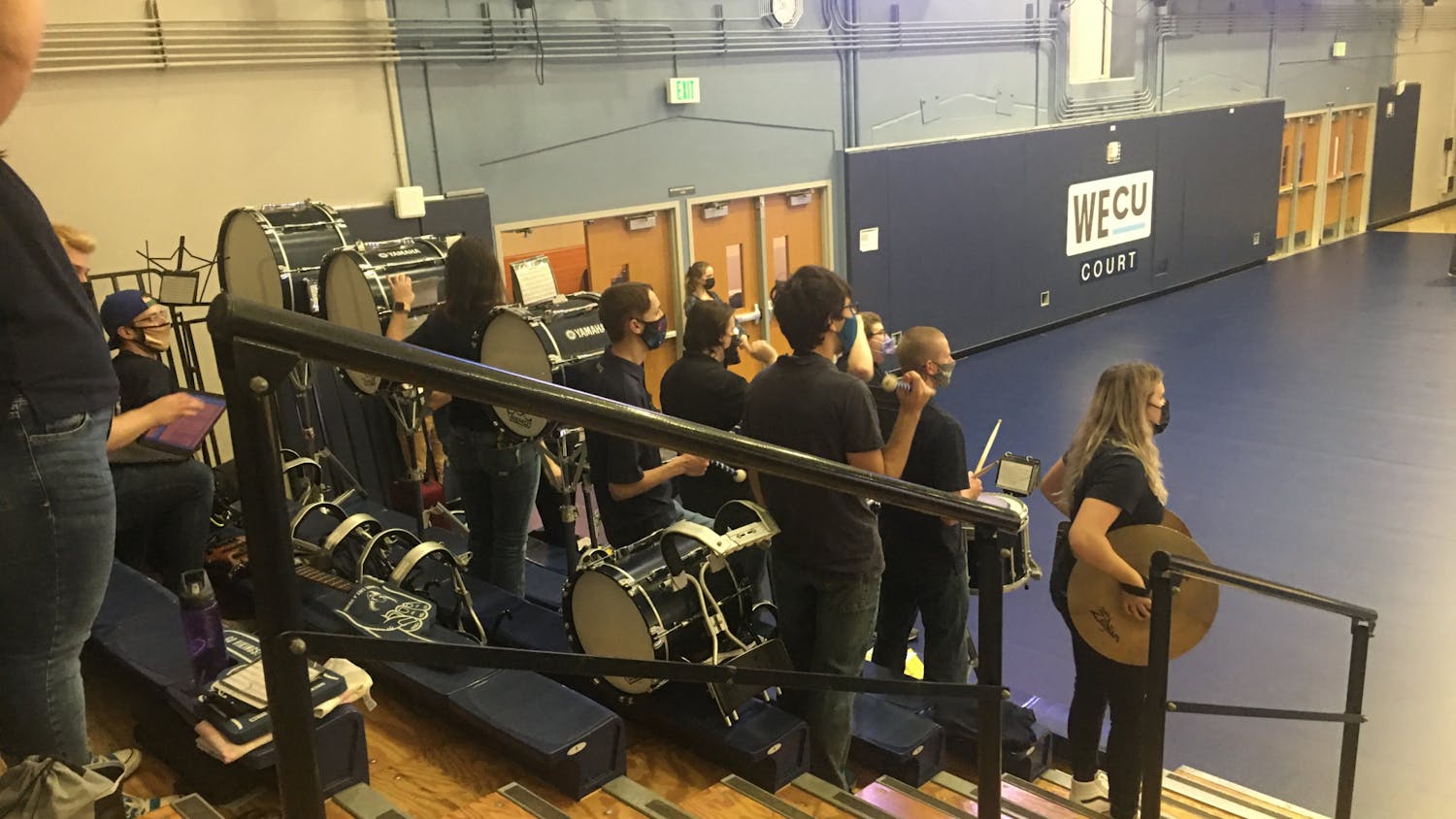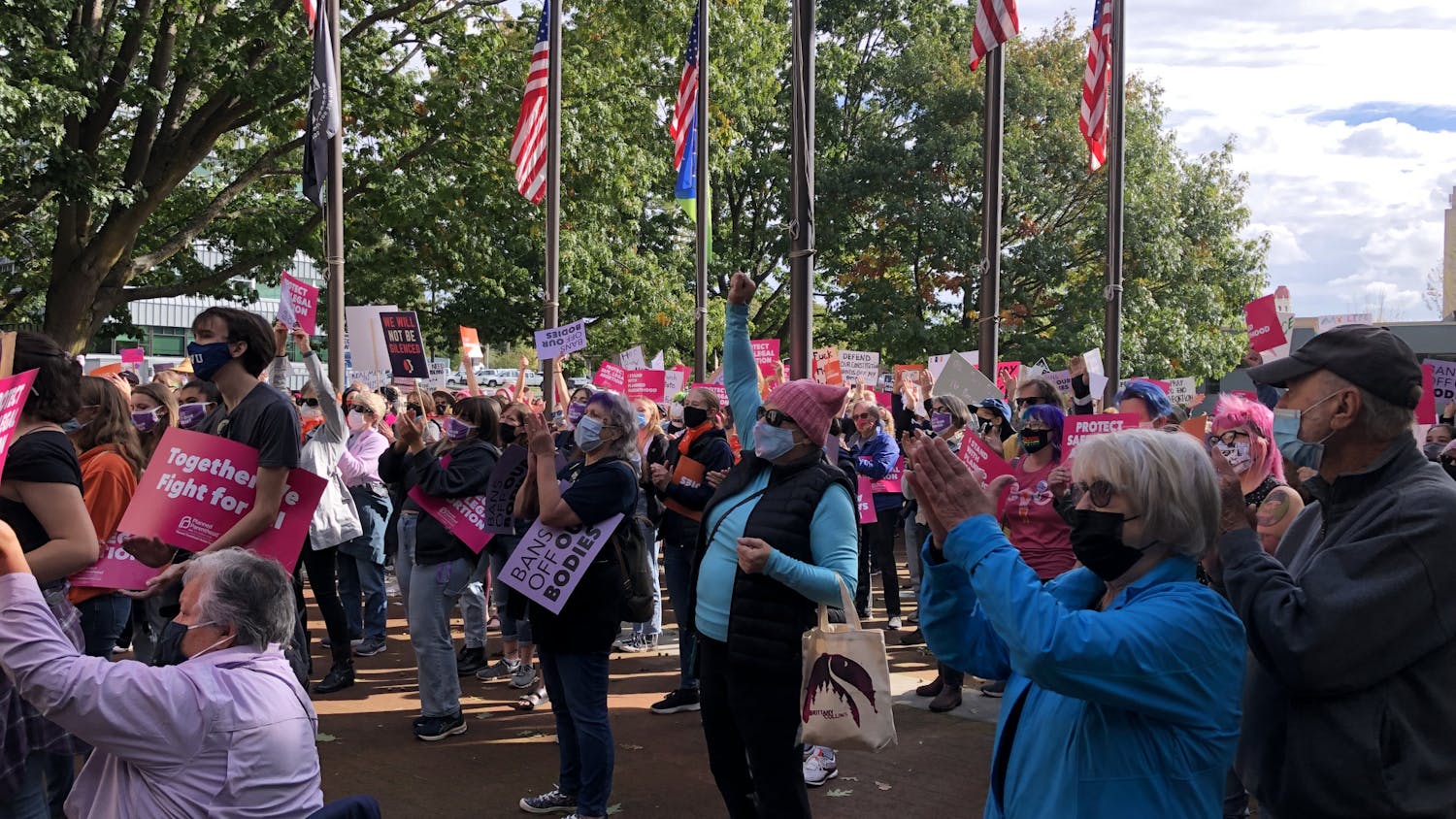Title IX opened the door to equity and equality for sports participation, but for women and girls, it was the beginning of an ongoing fight.
Feb. 2 marked the 36th annual National Girls and Women in Sports Day. The Women’s Sports Foundation created the event to acknowledge the accomplishment of women in sports and recognize the continued fight for equality.
This year also marks the 50th anniversary of Title IX being signed into law on June 23, 1972.
“No person in the United States shall, on the basis of sex, be excluded from participation in, be denied the benefits of, or be subjected to discrimination under any education program or activity.” The U.S. Department of Education’s Title IX
Mary Cohurst is currently a coach at My Pace Fitness and was 9 years old when Title IX was passed.
“Unfortunately, girls' programs were minimal and so was participation at the school I attended,” Cohurst said. “I recall being denied participation in a Free Throw competition in fifth grade because it was a team event and not enough girls would sign up. I had to forgo it as a result.”
Research in 2018 found that for young people, participation in sports is heavily reliant on the availability of opportunities in their community.
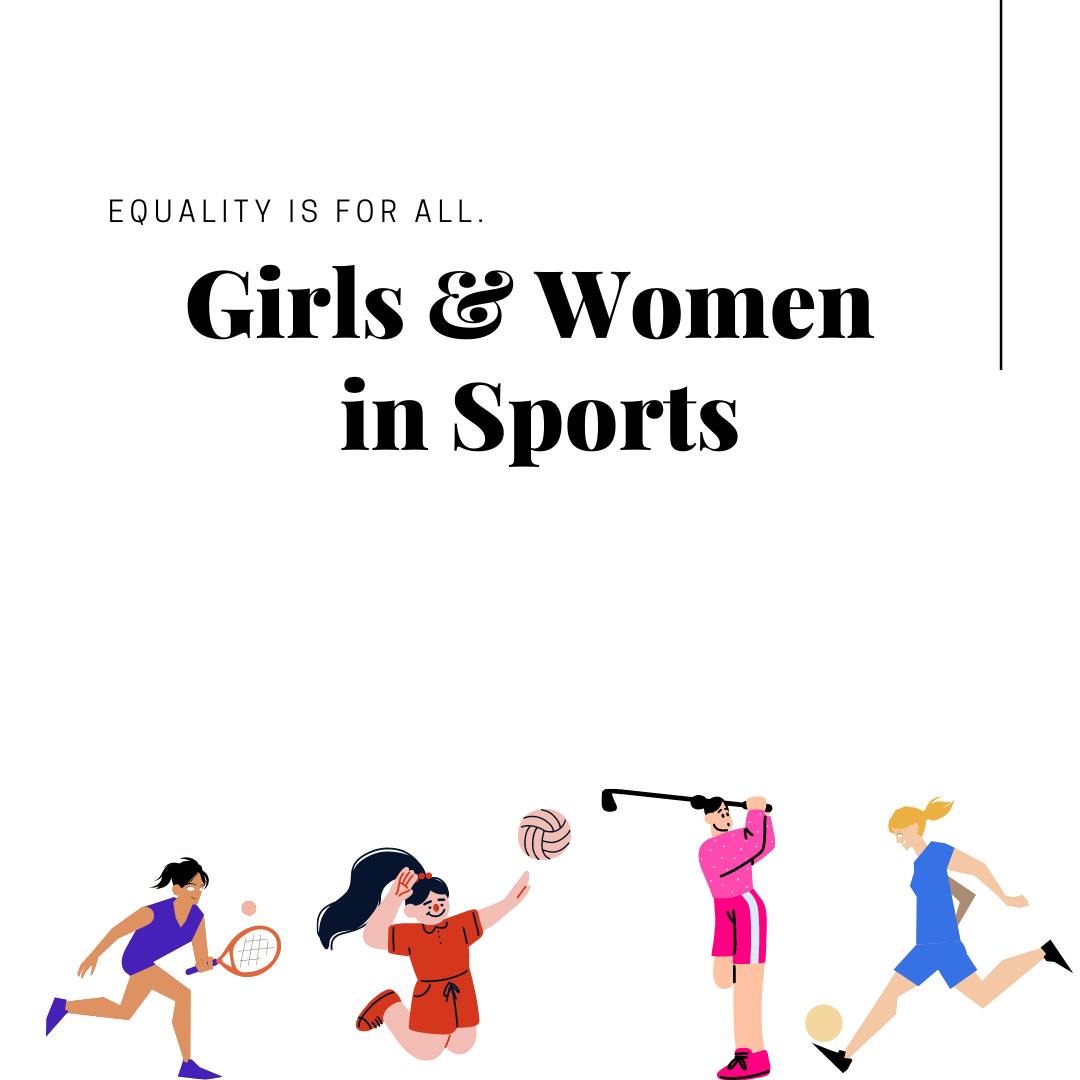
The research also says that physical activity is critical for physical and psychological growth and development in youth.
Cohurst feels as though sports make her feel like a strong participant in the world.
“I notice that as a woman, physical activity keeps me feeling like me,” Cohurst said. “I was designed to move and feel my best when doing so.”
Since Title IX was enacted, there have been many advances in gender equity and equality in sports, yet statistics show that the fight is not over yet.
According to the Tucker Center for Research on Girls & Women In Sport, females make up 40% of all sports participants, yet women’s sports receive only 4% of all sports media coverage.
The Women in Sports Foundation released a report after a national survey that said the NCAA had 62,236 more sport opportunities for males to participate than women.
The U.S. Department of Education reported in 2019 that nearly 90% of colleges do not offer athletic opportunities to female athletes proportional to their enrollment.
According to the NCAA, in 2019 only 24% of all college head coaches are women.
These statistics are the reason for National Girls and Women in Sports Day.
Erica Quam is a co-owner of Prime Sports Institute in Bellingham and said she noticed there wasn’t an event to celebrate NGWSD in Bellingham, so she created one.
Their first celebration was held at Bellingham High School in 2018 and then again in 2019 at Whatcom Middle School where they held TED-style talks and some skills clinics.
The event didn’t continue in 2020 and 2021 due to COVID-19, but Quam hosted this year’s event virtually.
“From sports information to people in marketing, there’s a lot that goes into athletics, so I think that there are a lot of ways girls and women can get involved in sports if they’re interested,” Quam said.
Tucker Center for Research on Girls & Women In Sport was created in 1993 and was the first research center of its kind. They’re dedicated to making a difference in the lives of women and girls in sports through research, education and outreach.
Their three main areas of research are females in coaching, girls and physical activity and media portrayals of female athletes.
The Tucker Center presents research and reports on schools and communities to provide information so institutions can better support women and girls in sports.
“When we give girls and women the opportunity to play sports and be physically active, it can lead to many benefits: psychosocially, self-perceptions, academic achievement, better health and wellbeing, better physical health,” Director Nicole M. LaVoi said in a video about the Tucker Center.
Quam said the best way to help make a change for girls and women in sports is to be aware of what’s going on.
“People can get involved in so many different ways, and it can be as simple as becoming more aware of marginalized peoples' situations,” Quam said.
Quam said that allyship happens in a continuum beginning with awareness of the situation. From there is where people grow to become active and eventually an advocate who is able to speak informatively on the situation, she said.
To learn, become an ally and get educated on girls and women in sports, you can join the Women's Sports Foundation and The Equity Project pledge.


